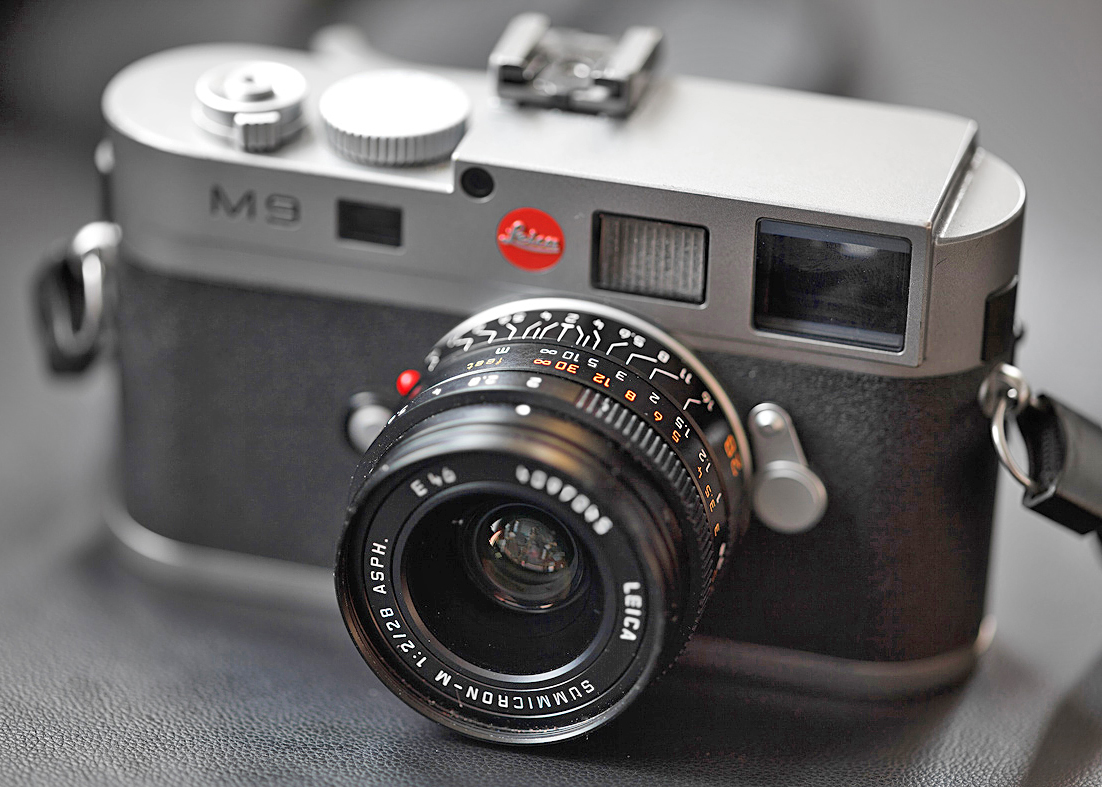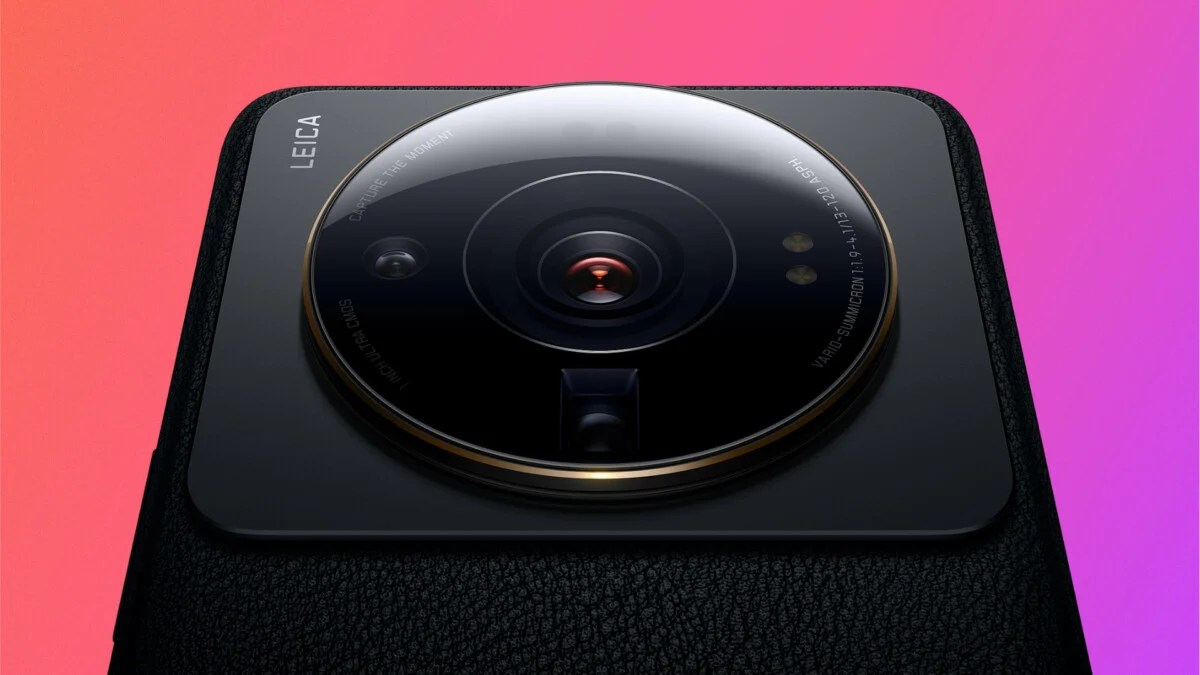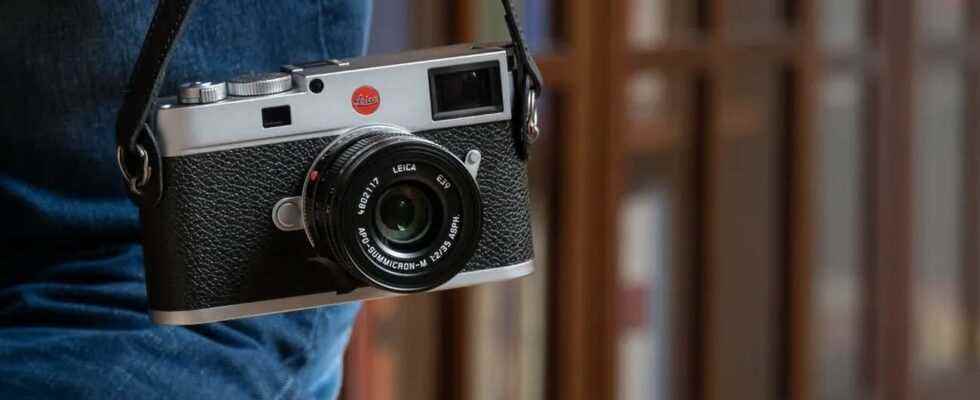Leica, the German photo specialist, and Xiaomi, one of the major players in the world of smartphones, have just entered into a partnership. If we know Xiaomi well on Frandroid, we know Leica a little less. Who is this manufacturer who has been making cameras since the beginning of the last century?
Xiaomi has been experiencing phenomenal growth in the world for two years. The Chinese smartphone manufacturer has thus taken advantage of the Huawei crisis to afford the size of the lion and move to second place in the ranking of the largest manufacturers – alternating with Apple, depending on the quarter. In 2021, the firm sold more than 190 million smartphones worldwide.
Moreover, if Xiaomi initially bet on unbeatable prices, its smartphones are increasingly positioning themselves as high-end products, like the latest Xiaomi 12 Pro, launched at 1100 euros.
To further support its photo experience, already largely pushed on last year’s Mi 11 Ultra, the manufacturer announced at the end of May 2022 a major partnership with Leica, a German camera manufacturer.
Leica Camera: a renowned German specialist
If you do not know Leica (contraction of Leitz and “camera”), a brief history is in order. Leica is a German camera manufacturer that first started out designing microscopes in the late 1800s, before being bought out by Leitz, an associate of the company. Who says microscope says lenses, and we therefore understand a little better the link with cameras.
A company engineer, Oskar Barnack, had the idea, in 1905, of create a compact camera since he found the cameras of the time much too bulky. In 1913, he produced the first prototype of a Ur Leica using a 24 x 36 mm negative, the 35 mm film used by the cinema, but here on a horizontal scroll. The camera was then marketed in 1925 under the name Leica I and was a hit with photo reporters thanks to the compactness of the case.

Leica quickly found its target: a niche market, looking for beautiful and effective products, despite a selling price much higher than those charged by the competition. Great photographers have used (and still use) Leica cameras, which allowed the brand to get a nice publicity without a big marketing budget. Ideas and innovations were also part of the game, with the Leica I model C, the first 24 x 36 camera with interchangeable lens, or the Leica II, with a rangefinder focusing that avoided moving to measure the distance with the subject. .
The digital shift a bit tight
Leica struggled to tackle the digital shift with a serious loss of several million euros in the 2004 and 2005 financial years. The rich Austrian Andreas Kaufmann believes in the potential of Leica and injects several tens of millions of euros into the company. Leica regains its growth, succeeds in finding investments and enters the digital camera market with the help of Panasonic, since the Nippon decided in 1995 to use Leica lenses. Leica manufactures a few digital cameras, but also rebadges many Panasonic products, in different housings, with the famous red logo as a distinctive sign.

The firm was able to pull itself together in the second half of the 2010s and, if Leica still does not compete with the sales of Sony or Canon in the world of cameras, the manufacturer now offers many references of digital cameras, including in the camera segment full frame. The latest is none other than the Leica M11 with a 60 megapixel sensor and rangefinder.
Leica had also worked in 2014 on a smartphone for the less original, the Panasonic Lumix DMC-CM1. This smartphone, quickly abandoned, already had the merit of offering a large photo sensor and looked like a real camera.
A partnership with Huawei
In 2015, Leica partnered for the first time with a smartphone manufacturer. It was Huawei, then growing in the high-end segment. This partnership marked Huawei’s rise in photo quality with the launch of the Huawei P9 and its second monochrome sensor.
This partnership will undoubtedly have marked the various evolutions of Huawei’s smartphones, going so far as to make the Chinese manufacturer one of the best players in the world of smartphone photography, in particular for the effectiveness of its night shot mode.
However, the crisis that Huawei has been experiencing since 2019 in the world of smartphones – with the end of Google services and the disappearance of 5G compatibility – has dealt a blow to this partnership. Earlier this year, Huawei launched its P50 and P50 Pro, two smartphones still designed in partnership with Leica, but they should be the last models to benefit from this partnership. It must be said that Leica has other ambitions in the world of smartphones.
A Leica smartphone developed with Sharp
In 2021, Leica wanted to emancipate itself from Huawei for the first time by developing a smartphone with a unique photo module. On the Japanese market, two smartphones have been launched in quick succession, the Sharp Aquos R6 and the Leica Leitz Phone 1.
They were in fact two smartphones with similar characteristics, but which are distinguished by the integration of a 1-inch type sensor, a first on a smartphone since the Lumix DMC-1. Since then, Sony has repeated the experience with its Xperia Pro-I, but the Chinese manufacturer only uses part of it, unlike Leica on the two models launched in 2021.
A new partnership with Xiaomi
On May 23, 2022, Xiaomi and Leica finally confirmed their upcoming partnership. The ambition seems to be the same as for all previous partnerships of Leica with smartphone manufacturers: to offer both the reputation and the brand image of Leica and to considerably improve the photo quality of Xiaomi smartphones.
Xiaomi and @leica_camera have officially reached a global strategic partnership in mobile imaging.
Combining the legendary image and innovative technology, let’s look forward to a new era of mobile photography in July! pic.twitter.com/GyFut9ZTlg
— Xiaomi (@Xiaomi) May 23, 2022
Xiaomi clarified in a tweet that the goal is “to further improve the photographic quality of Xiaomi smartphones to enrich the user experience”. Above all, the Japanese firm specifies that the first born of this partnership will be unveiled during the month of July 2022.
Finally, on July 4, 2022, Xiaomi unveiled three smartphones whose photo modules were produced in partnership with Leica: the Xiaomi 12S, the Xiaomi 12S Pro and the Xiaomi 12S Ultra. It is especially this third device that interests us, given the photo performance of its predecessor the Mi 11 Ultra. It is indeed equipped with a main camera with a 1-inch sensor with a definition of 50.3 megapixels and large photosites of 3.2 µm thanks to pixel binning. There is also a 120mm equivalent telephoto lens with a half-inch sensor and a 13mm equivalent ultra-wide-angle lens associated with a half-inch sensor.

The content of the partnership between Xiaomi and Leica remains to be defined. It could be anything from a simple branding addition to joint development for optics, sensors, or even software image processing.
Above all, while Huawei and Leica were almost the only manufacturers to join forces at the end of the previous decade, this type of partnership has multiplied over the past two years between photo manufacturers and smartphone manufacturers. Hasselblad now works together with OnePlus and Oppo while Zeiss collaborates with Vivo.
To follow us, we invite you to download our Android and iOS application. You can read our articles, files, and watch our latest YouTube videos.
